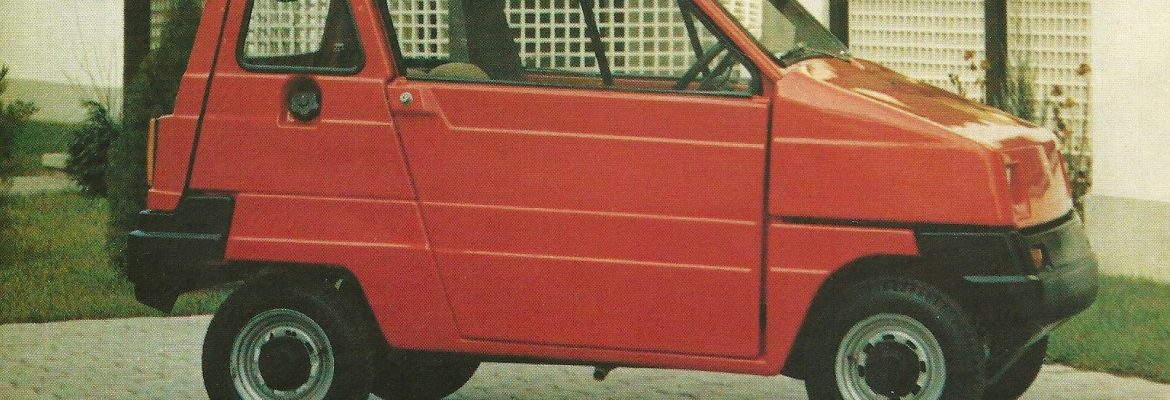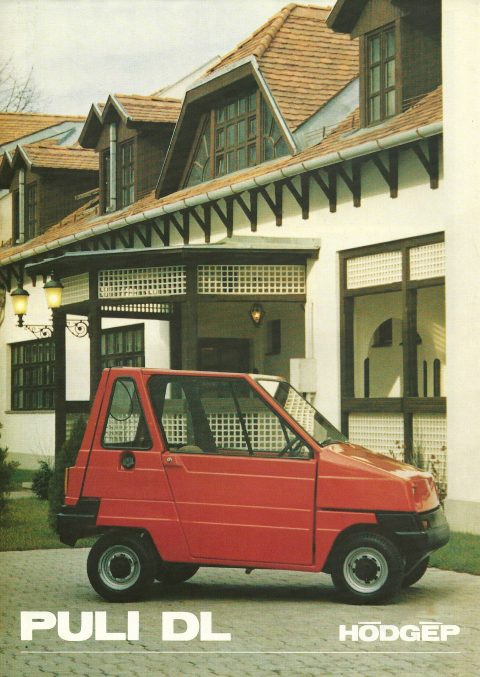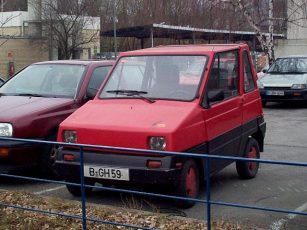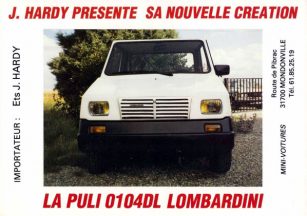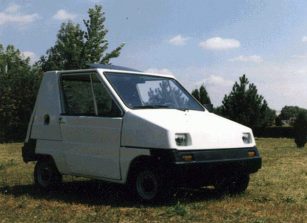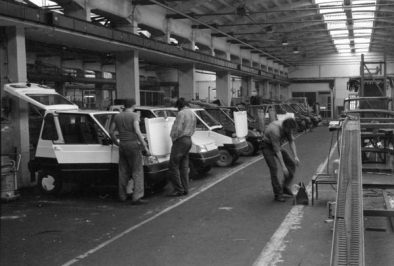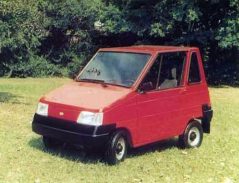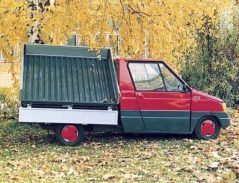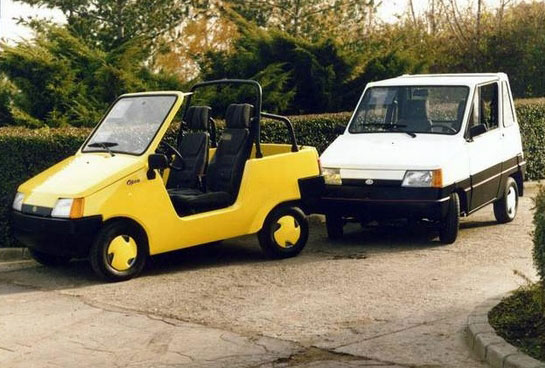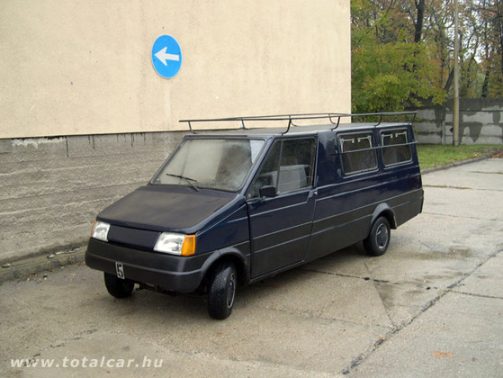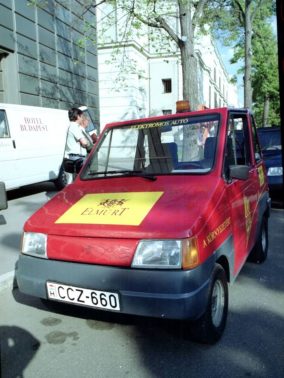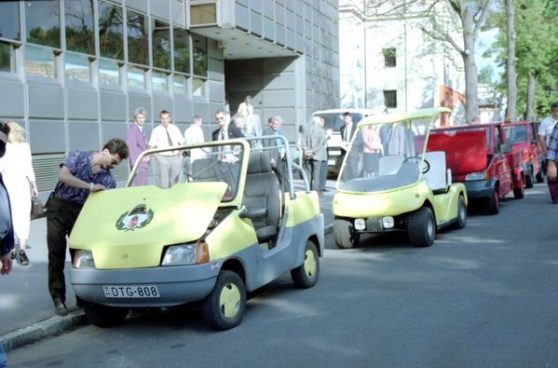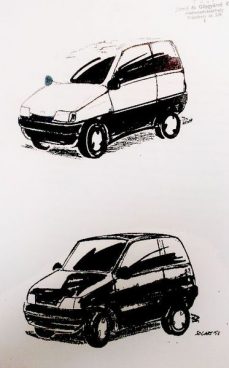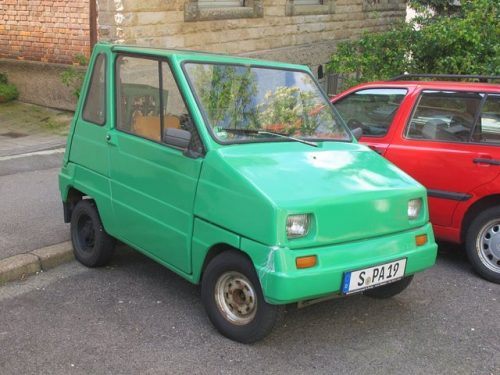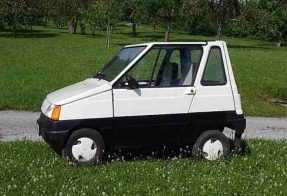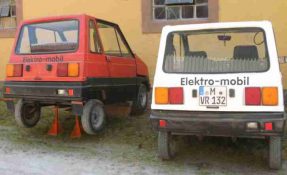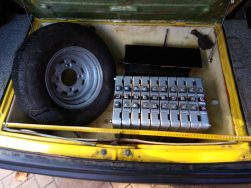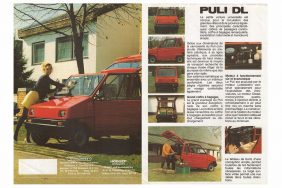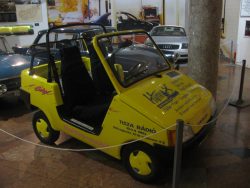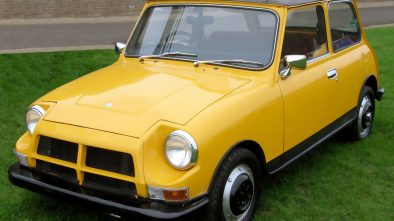Hodgep Puli
The story of the Puli microcar from Hungary is novel and spiced with typical elements of the enterprise of the change of regime. In the early 1990s, a large number of newspaper articles reports about the Puli city car. Then the enthusiasm faded and the Puli slowly disappeared on the horizon.
The Hódgép Company in Hódmezővásárhely was engaged in the production and repair of agricultural machinery. In the 1980s, the burning shortage of convertible currencies (for the sake of the younger: dollar, brand, schilling, etc.) caused problems in the Hungarian economy, and the government encouraged production companies to expand their product range and boost exports. In addition to producing combines, he tried to make agricultural and airport trailers – quite successfully.
In the mid-’80s, a French dealer of Berna trucks in Switzerland, a foreigner of Hungarian descent, contacted the management of the Beaver Machine. They were looking for a foreign trade company called Technoimpex, because at that time the companies themselves did not export-import. So Technoimpex management has suggested that they have a friend, Teddy Marson, who is a great French constructor and has the idea for a new city small car. By 1987, the first prototypes (called Hungi) of the new microcar were ready. The plastic body was made by the Balatonfüred Shipyard, but companies close to Hódmezővásárhely also boarded where they could.
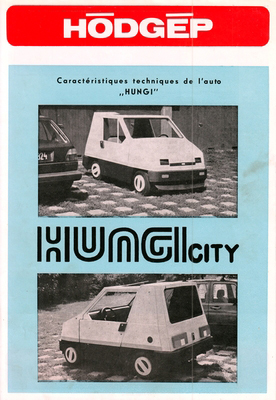
Hodgep Hungi
The Puli (or Pouli in the early days) was powered by a 273 cm³ diesel engine made by Yanmar. By the spring of 1988, all production quality problems had been eliminated. The Yanmar diesel was replaced by a more balanced Lombardini diesel. The body was built by a nearby agricultural repair company, Imag of Mór, who also supplied seats to Ikarus. Bakony Works supplied wiper blades, and so on. The car was 2.46 m long and was assembled using parts made by Škoda, Lada and Polski Fiat 126p available at that time in the country. The body was made from reinforced fibreglass.
But the question of sales was very important. The first was to contact the French importer of Lada, Mr Pohl, but he felt that the quality of the Puli had a lot to be desired. This was followed by Jean Hardy ordering a larger batch from Puli. But Alexander Pikali, one of the key characters in the Puli project, says Hardy never paid for the vehicles – sometimes because of quality issues or other excuses. There were similar problems with Bruno Fridez, a Swiss businessman who wanted an electric Puli microcars.
Later the project was doomed to failure. In the meantime, the Iron Curtain fell, the Soviet Union collapsed and then disintegrated, and the CSTG disbanded – a period of political change. The Beaver Machine was also privatized. In the spring of 1991, Puli Vehicle and Machinery Manufacturing Ltd. was established, and Sándor Pikali became its CEO. Alexander Pikali first interrupted his relationship with Hardy and Fridez. Then he decided that the future belonged to electric cars. Under his control, the more modern Puli 107E (later known as Puli 2E) was completed. In front of his eyes was a complete portfolio: from electric powered mopeds to family cars. The Puli could be a convertible, truck and a van. The electric version was sold under the name Puli Pinguin 4.
However, there was a serious obstacle to Pikali’s ambitious plans: when Puli Kft. was born, Hódgép valued the company’s assets at 340 million HUF. They thought that a rich foreign car factory would come and annex Puli. This did not happen and the HUF 340 million value placed a heavy burden on the company’s accounts. In the end, Pikali decided that the easiest way to go was to go bankrupt. He plans to reorganize the company during the bankruptcy proceedings and to continue operating in a stronger way.
Between 1992 and 1996, Puli, which went into bankruptcy, became increasingly successful. Although Hungary did not have a large market for the state-sponsored electric microcars. In 1996, however, the big march ended, and at the credit of the creditors, the Puli went into liquidation. Pikali estimates that 2,000 diesel-powered and 6,000 electric-powered Puli were made.
